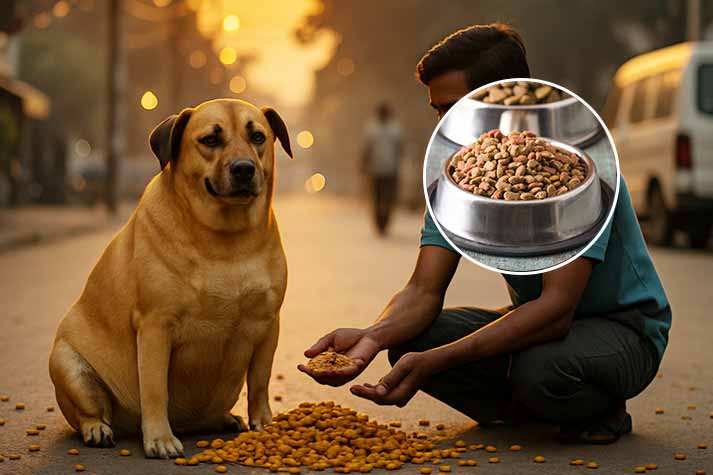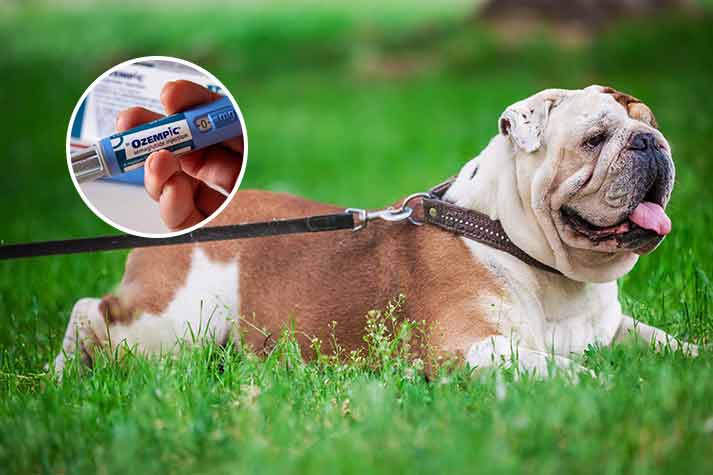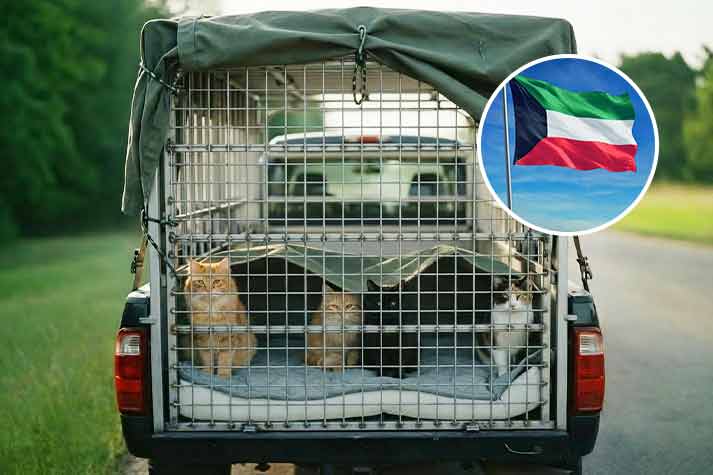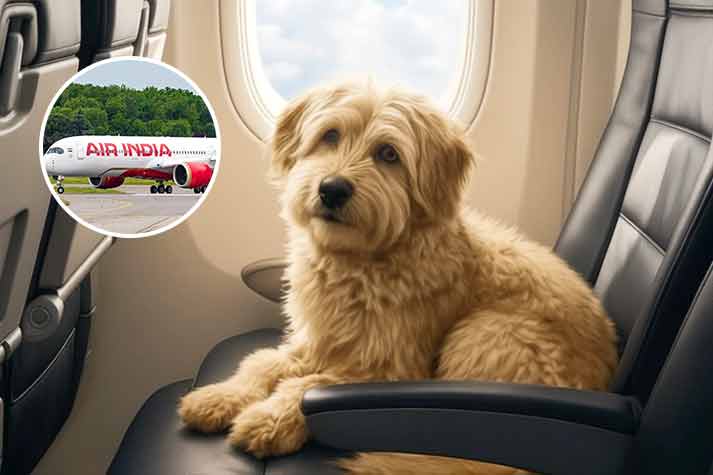
18 Jun
Kindness as a Silent Killer: Experts Warn About the Real Cost of Overfeeding Pets
Seeing a dog with a thick belly or a cat waddling across the floor is hardly rare anymore. Overweight pets (and even strays) have quietly become the norm in many households. And while the sight of a chubby furball might draw chuckles or coos, experts are waving a red flag: obesity in pets is no joke.
Numbers back it up. According to Royal Canin’s research, around 40% of adult cats and dogs across the globe fall into the overweight or obese category. The Purina Institute puts that figure even higher, noting, “Worldwide, studies estimate that up to 63% of pet cats and 59.3% of pet dogs are overweight or obese.”
This weight is far from just cosmetic, as it sets pets up for a host of medical problems. From joint issues and diabetes to heart conditions and reduced lifespan, the risks pile on. So how do we get from a healthy pup to a panting, sluggish companion?
Senior vet Dr Deepraj Prajapati from RD Pet Hospital, Ambedkar Nagar, says a lot of it comes down to how we express love. “One of the most common mistakes is equating food with affection. Many pet parents show love by offering extra treats or human food, unaware that even small indulgences can lead to calorie overload in animals. Another issue is misjudging appropriate portion size, owners often rely on visual estimation or outdated feeding guidelines rather than tailored advice from a vet.”
Then there’s the modern lifestyle to consider. Especially in urban homes, structured walks or active play sessions fall by the wayside. It’s easy to forget pets need movement just as much as they need meals. But weight gain creeps up slowly, and if you’re seeing your pet every day, you might not even realise the change until the problem’s out of hand.
So where do commercial foods and packaged treats fit in? “Many of these products market themselves as ‘healthy’ or ‘nutritionally complete,’ but the portion sizes recommended are often based on ideal conditions—not taking into account a pet’s age, activity level, or breed,” says Dr Prajapati.
He also notes that treats, tiny and innocent-looking snacks, can be deceptively calorie-heavy. “Some treats, even in small quantities, can add up to 15-20% of a pet’s daily calorie needs. And because they’re marketed as supplements or rewards, they’re often not factored into daily meal planning.”
The solution? Work with your vet. Understand the real meaning of labels and get a handle on what your individual pet truly needs and not just what the packaging suggests. Pet foods vary wildly in caloric density, and what fits one dog might push another into obesity.
But what if it’s already too late? Can a tubby pet bounce back? Yes they can, but only with consistent effort and care. Dr Prajapati explains, “However, it requires a committed and gradual approach. Crash diets or sudden exercise routines can be harmful, especially in older pets or those with underlying conditions.”
In certain cases, though, no amount of calorie counting or fetch games will cut it. “Hormonal disorders like hypothyroidism or Cushing’s disease can contribute to weight gain and make weight loss difficult without treatment. In such cases, medication, therapeutic diets, and regular veterinary check-ups become essential components of the weight management plan,” he adds.
A well-fed pet is not always a healthy one. It is easy to confuse affection with indulgence, but when that love shows up on the scale, the long-term consequences can be heart wrenching. The best thing you can give your pet is balance.






AUTHOR’S BIO
Carry My Pet
Passionate pet enthusiasts and globetrotters, dedicated to easing furry friends' journeys worldwide. Penning tales of compassion at CarryMyPet, where every relocation is a tail-wagging adventure.